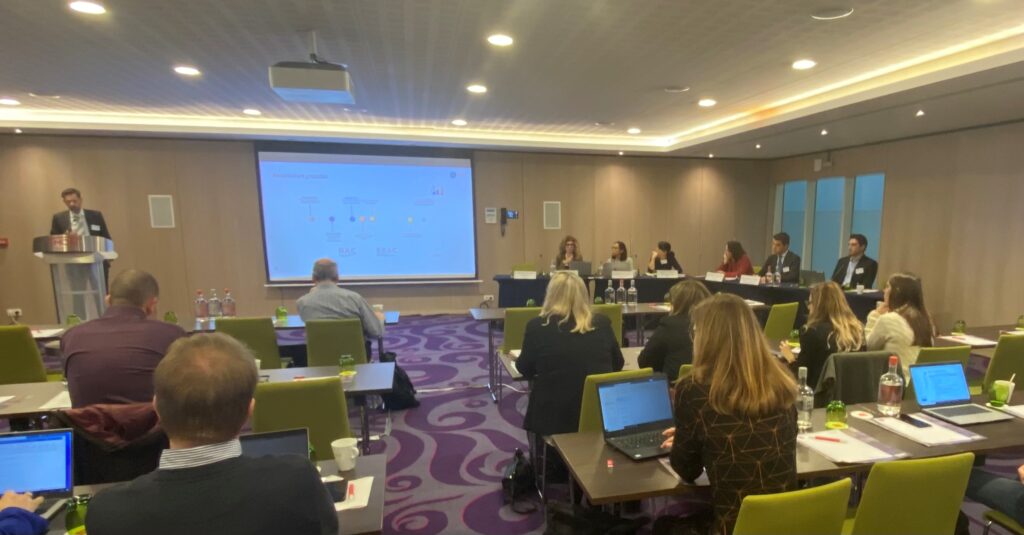The PFAS restriction has an impact way beyond the chemical industry
The impact of the current PFAS restriction proposal under REACH – with 10,000 substances and a large number of uses in scope – goes way beyond the chemical industry. That is the key take-away from the FPP4EU event on 11 December 2023, where representatives from the Pharmaceutical, Battery, Semiconductor, Aerospace & Defence, Automotive and Energy industries shared their concerns.
PFAS are part and parcel of a multitude of uses
PFAS offer a combination of properties that make them uniquely qualified to meet harsh and extreme conditions of use. Think of airplane engines that need to withstand intense heat, or oil and gas extraction machinery which are exposed to harsh chemicals, and electrical equipment which need to repel liquid and particles to prevent their deterioration or destruction.
Some PFAS are also crucial in applications for climate neutrality. For example, batteries for electric vehicles and electrolysers for hydrogen. Other strategic economic sectors, such as automotive, pharmaceutical and microchip manufacturing, also rely on PFAS.
FPP4EU developed a non-exhaustive list of almost 600 PFAS uses which were missed in the current draft of the restriction proposal. A list that was shared as part of ECHA’s public consultation. It is important to ensure all PFAS uses are known, to avoid supply chain disruptions and unintentional elimination of key applications.
Interruptions in full supply chains
PFAS are not only used in medicines, car parts, or spacecrafts, they are generally also part of the production processes needed to create them. To quantify the amounts of PFAS used in manufacturing plants is not easy, given that kilometres of pipes layered with PFAS run through these facilities with varying layers of thickness. Even in facilities that produce non-PFAS containing products.
EFPIA, the European Federation of Pharmaceutical Industries and Associations ran a survey (No. 9063 (document 109) to assess potential impact on medicinal product supply chains. PFAS are required for packaging, operating facilities, test laboratories, and drug delivery devices. At least 1900 active substances would be affected by the restriction, 93% of which involve EU manufacturing systems. This could lead to medicine shortages across a wide range of therapeutic areas including cancer treatment, cardiovascular disease, diabetes, mental health conditions, and respiratory disorders.
Affecting EU strategic autonomy
The unclarity of the final outcome of the restriction may divert investments outside the EU. Where prospects for certain industries seem very promising, they may be heavily impacted by the restriction. Take the battery industry for instance. RECHARGE, the advanced rechargeable and lithium batteries association in Europe, emphasises that by 2030 the EU is forecast to be the world’s 2nd largest battery cell manufacturer, with a potential creation of 3-4 million jobs. Hydrogen Europe fears it could jeopardise 200.000 direct jobs in 10 years. It would also impact the 13 million Europeans working in the automotive sector, given that both conventional and electric cars rely heavily on some but not all PFAS, ACEA, the representative of the European Automobile Manufacturers' Association, explained.
Downstream users call for time and differentiation between PFAS
Some conclusions from the event include:
Time is needed to avoid regrettable replacements. Given that we are still at early stages of research on alternatives, and approvals are needed from bodies such as the International Organisation for Standardisation (ISO) this timeframe can vary between 8-12 years.
Not all PFAS are the same. Derogations for some PFAS needed for (the production) of crucial uses are indispensable.
In short, let’s continue to work together to come to the balanced regulatory measure that works for all stakeholders involved.

